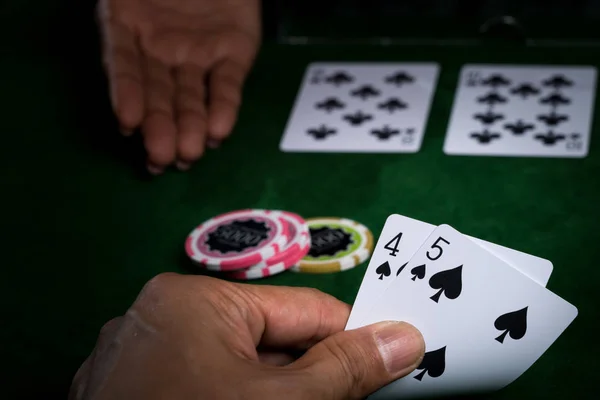Low stakes vs. High roller – Contrasting slot experiences at different levels
Digital gaming offers players numerous ways to engage based on budget preferences and risk tolerance. Players approach these games differently depending on their financial comfort level, creating distinct experiences within the same game platforms.
Budget management different approaches
Low-stakes players typically adopt careful budget management strategies that extend play time. These players maximize their entertainment duration by placing smaller bets while keeping risk minimal. This approach allows extended sessions without significant financial pressure, creating a relaxed gaming atmosphere.
Most budget-conscious players set strict spending limits before beginning their sessions. These predetermined boundaries help maintain financial discipline and prevent impulsive decisions during gameplay. Many use dedicated entertainment funds allocated explicitly for gaming activities.
Bonus feature appreciation
Special features and bonus rounds hold different appeals depending on the stake level. For low-stakes players, bonus features primarily represent opportunities to extend playing time without additional investment. Features that award extra spins or multiple small wins prove particularly popular among this group. The CUCI2 report underlines how online slot platforms can cater to low-stake players by offering value-packed, time-friendly features.
Players at higher stakes view bonus features through a different lens. While still appreciating the entertainment value, high rollers often evaluate these features based on maximum payout potential rather than session extension. This fundamental difference affects how each group experiences identical game features.
Psychological experience
The emotional journey differs substantially between stake levels. Low-stakes players typically experience milder emotional fluctuations during play. The controlled risk level creates a more moderate emotional experience with less dramatic peaks and valleys.
- Less financial pressure creates more casual enjoyment
- Focus remains primarily on entertainment rather than significant financial outcomes
- Losses remain within comfortable psychological boundaries
High-stakes players often experience more intense emotional responses during gameplay. The increased financial risk amplifies positive and negative emotions, creating a more dramatic overall experience.
- Wins generate stronger euphoria due to more significant amounts
- Losses can trigger more pronounced disappointment
- The entire experience contains heightened emotional intensity
Social aspects of community interactions
Community engagement varies noticeably between different stake levels. Low-stakes players often form larger, more casual communities focused on enjoyment and shared experiences. These groups frequently exchange strategies for extending playtime and maximizing entertainment value.
High-stakes players typically participate in smaller, more exclusive communities. These groups often discuss strategies for pursuing substantial wins and managing larger bankrolls effectively. The conversation topics reflect the different priorities that characterize high-stakes play.
Time investment session patterns
Session duration patterns reveal interesting contrasts between player types. Budget-conscious players typically engage in longer individual sessions, stretching their entertainment across extended periods. Their smaller bets allow for prolonged play without exceeding financial comfort zones.
- Multiple short sessions across the week
- Extended weekend sessions with strict budgets
- Consistent playing patterns maintained over time
Players at higher stakes often adopt different timing approaches. Their sessions might be shorter but more intensive, focusing on quality engagement rather than extended duration. The increased financial involvement typically creates different attention patterns during play.
Reward expectations satisfaction metrics
What constitutes a satisfying outcome differs dramatically between these player categories. Low-stakes players often define success as extended entertainment within budget constraints. Maintaining play time while experiencing occasional small wins creates a positive experience for this group.
High-stakes players typically measure satisfaction differently. For these players, the potential for substantial wins represents a primary motivation. While still valuing entertainment aspects, the financial outcome plays a more central role in determining session satisfaction.





